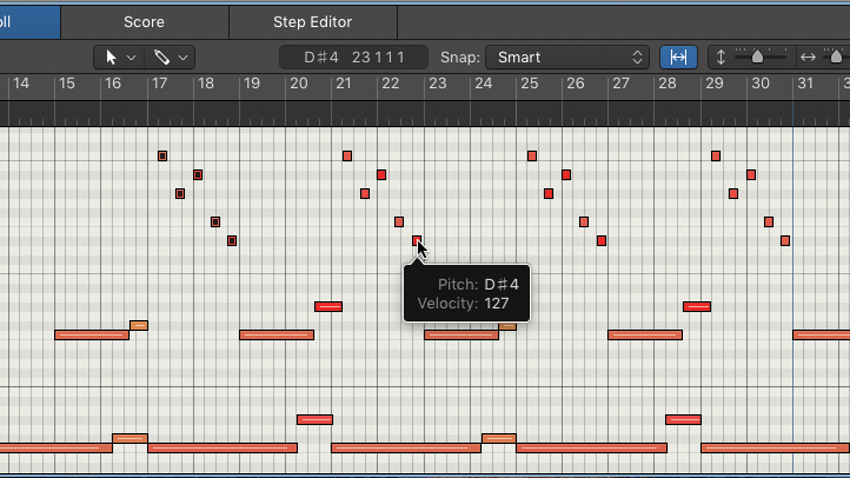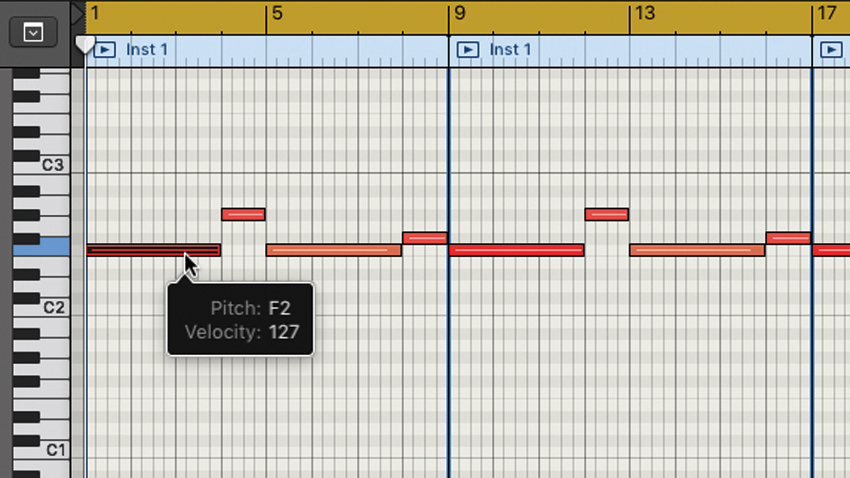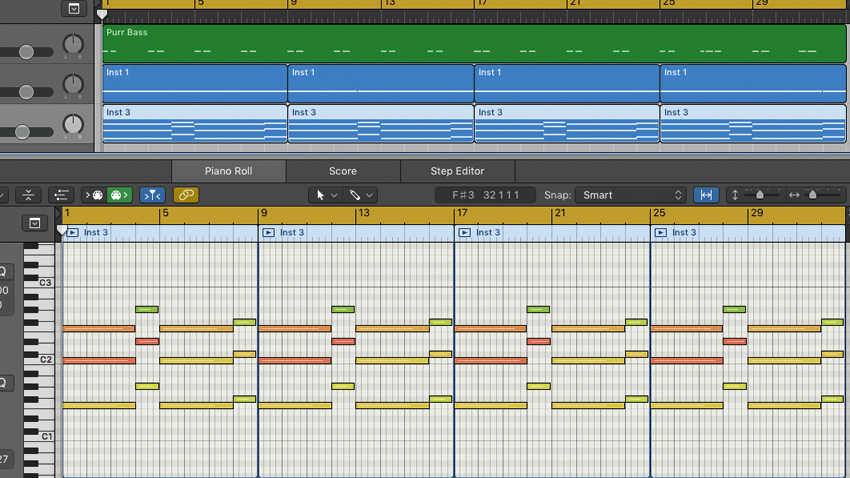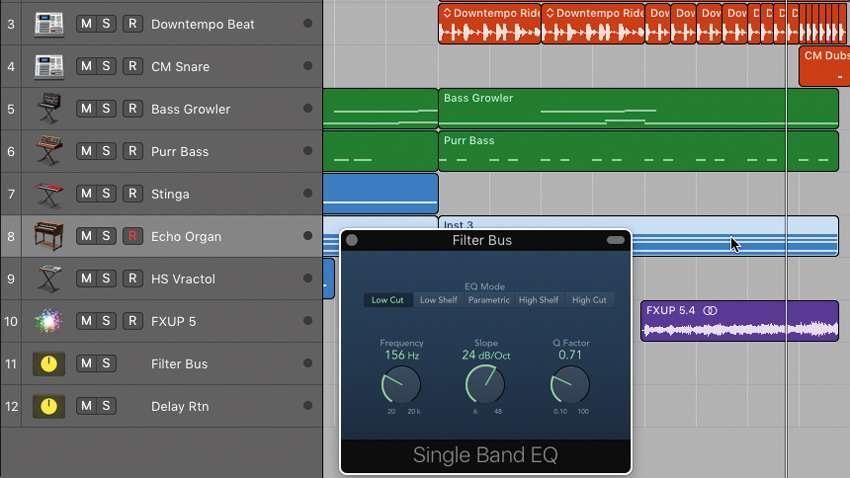How to compose a dark neurofunk DnB intro
Take your listeners to the edgier side of drum ’n’ bass…

In the drum ’n’ bass genre, as the name would suggest, the main focus is on how the drums and bass interact. Typically motoring along at signature white-knuckle speeds of around 170-176 bpm, and featuring ribcage-rattling bass tones, amongst the many offshoots of the genre that have evolved, such as jump up, drumstep and techstep, there are two distinct categories of DnB.
The smoother of the two is the uplifting ‘liquid funk’ style, often relying on jazz-funk-influenced chords and tending to feature the kind of euphoric progressions you might find in a trance tune.
On the other side of the coin, the darker style of DnB that has come to be known as ‘neurofunk’ relies on a heavier production style, with more emphasis on sound design and crazy distorted, swooping bass sounds rather than complex chord progressions.
In this tutorial, we'll put together an intro passage in neurofunk style.

Step 1: Neurofunk is as much about sound design as composition. A typical intro centres on building tension and menace, so we create a mysterious-sounding eight-bar part using Massive’s Stinga preset, using the notes F, Ab, F and F#. At 175bpm, the bars tick by pretty rapidly, so we repeat the region out to a length of 32 bars.

Step 2: Next, we layer in Curve 2 CM’s Echo Organ preset, playing the same part but this time using power fifths - three-note combinations of root, fifth and octave that can be played over both major and minor keys, due to their lack of a third. We then turn to Bazille CM’s Purr Bass preset for some tense, rhythmic stabs - two every two bars - on a low F.

Step 3: After eight bars, we bring in another Bazille CM preset - Bass Growler - playing a portamento octave version of the drone from step 1. After eight bars of this, we add some drum hits from a sliced-up loop, playing a reverb-laden, half-speed kick and snare pattern, together with some bleepy synth atmospherics.
Get the MusicRadar Newsletter
Want all the hottest music and gear news, reviews, deals, features and more, direct to your inbox? Sign up here.

Step 4: Finally, we tag on an eight-bar build consisting of a new drum loop, a riser FX sample and a double-frequency Purr Bass part. We also send all the synth and bass tracks to a bus hosting an automated high-pass filter. This will give the kick and bass elements in the drop more impact when it comes in. Cue the drop!
Computer Music magazine is the world’s best selling publication dedicated solely to making great music with your Mac or PC computer. Each issue it brings its lucky readers the best in cutting-edge tutorials, need-to-know, expert software reviews and even all the tools you actually need to make great music today, courtesy of our legendary CM Plugin Suite.










